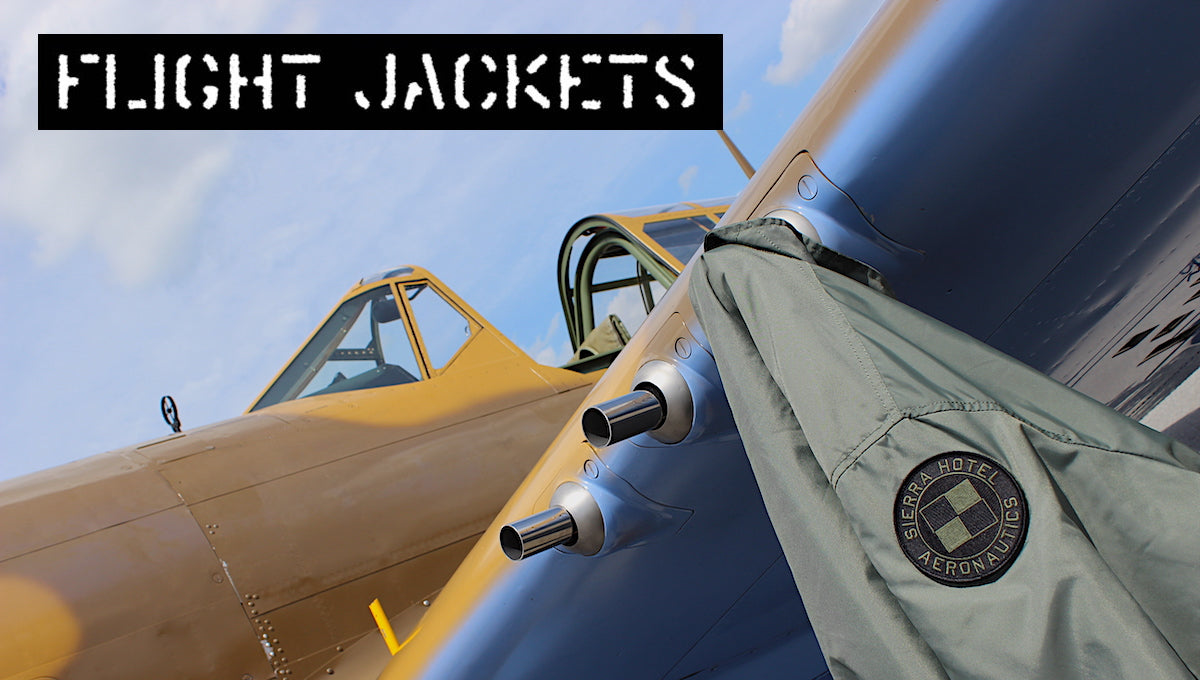On September 17, 1959, test pilot Albert Scott Crossfield completed the first powered flight in the rocket propelled X-15. Because of delays in the development of the X-15's mammoth 57,000 pounds force thrust XLR-99 engine, the early flights were completed with the XLR-11 rocket engines.
November 5th 1959 – Test pilot Scott Crossfield was forced to make an emergency landing on Rosamond Dry Lake, Edwards AFB, California, in North American X-15, 56-6671 shortly after launch on his third flight. An explosion casued an in-flight fire. Unable to jettison his propellants, Crossfield was forced to bring his rocket plane in for an immediate landing. The Hypersonic rocket propelled X-15 was not designed to land with the additional weight of fuel on board.
.
Unfortunately for Ol'Scotty, his experimental aircraft comes down with the grace of a bag of hammers, and breaks its back in the process.
On June 8, 1960, Scott had another close call during ground tests with the new XLR-99 engine. He was seated in the cockpit of the No. 3 X-15 when a malfunctioning valve caused a catastrophic explosion subjecting Crossfield to a later calculated acceleration force of near 50 Gs. The airplane was completely rebuilt and on November 15 of the same year, Scott completed the X-15's first powered flight with the XLR-99 engine. Two flights later, on December 6, he brought North American's demonstration program to a successful conclusion as he completed his final flight in the X-15. Although it had been his hope to eventually pilot one of the craft into space, the USAF would not allow it, and gave strict orders which basically amounted to "stay in the sky, stay out of space."

All together, Crossfield completed 16 captive flights (mated to the B-52 launch aircraft), one glide and 13 powered flights in the X-15. The surprise retirement of the X-15 (due to funding cutbacks) after its record-setting Mach 6.72 (4,520 mph) flight prompted fellow test pilot Pete Knight to remark that he would have pushed it to even faster speeds if he knew it was the last flight. In his remarks to a number of aviation groups, Crossfield cited the X-15 as one of few aircraft that caused grown men to cry upon its retirement.
Sadly, on the evening of April 19, 2006, Crossfield was piloting a Cessna 210A from Prattville, Alabama toward Manassas, Virginia.
Multiple severe thunderstorms were building in the area when air traffic controllers lost radio and radar contact with Crossfield's plane.
The Gordon County Sheriff's department reported that debris from Crossfield's aircraft was found in three different locations within a quarter mile, suggesting in flight break up of the Cessna.
Lawrence Sperry Award (1954)
Octave Chanute Award (1954)
Iven C. Kincheloe Award (1960)
American Rocket Society (ARS) Astronautics Award (1960)
Harmon International Trophy (1961 at the White House by President John F. Kennedy)
Collier Trophy (1961 at the White House by President Kennedy in 1962)
John J. Montgomery Award (1962)
NASA Distinguished Public Service Medal (1993)
Named Honorary Fellow by the American Institute of Aeronautics and Astronautics (AIAA) (1999). International Aerospace Hall of Fame (1965),National Aviation Hall of Fame (1983)
International Space Hall of Fame (1988)
the Virginia Aviation Hall of Fame (1998)
Aerospace Walk of Honor (1990)
The Glen A. Gilbert Memorial Award (1990)
FAI Gold Air Medal (1994)
National Air and Space Museum Trophy (2000)
Hoyt S. Vandenberg Award - Posthumously
.

















Leave a comment